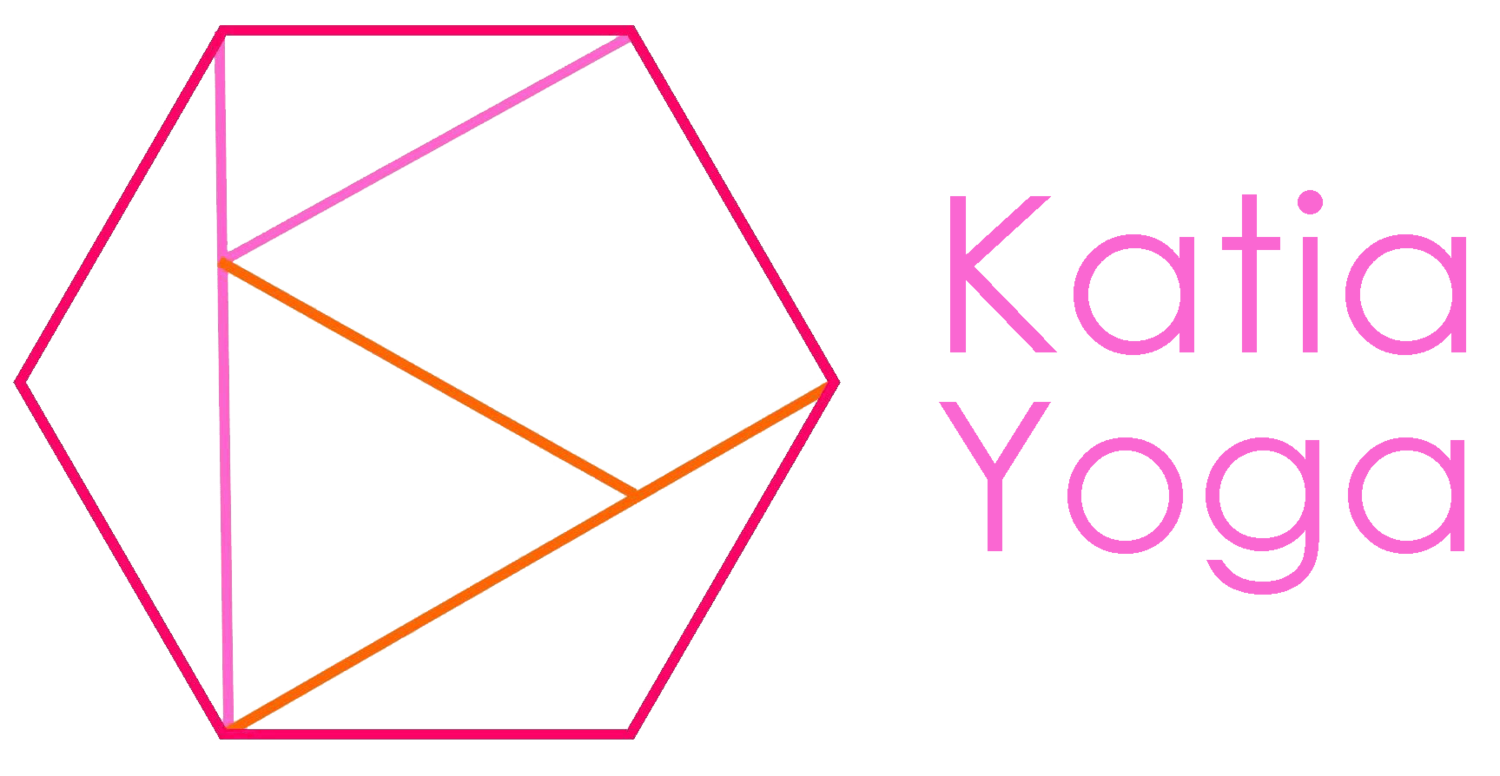Guide to the 8 Limbs of Yoga: Asana: history, theory and philosophy






The third and probably most well-known limb of the 8 limbs of yoga is asana. This means all of those yoga poses—the physical practice of making all of those shapes with your body. In the West, asana often is yoga. We sometimes forget about the other 7 branches.[Just so you know, this post contains affiliate links]
When yoga first started, about 5000 years ago, it was all based around meditation, with the goal of gaining self-awareness. As yoga progressed, different postures for meditation were created, at first only 16 poses. Yoga asanas were created as a means of building discipline and concentration for meditation. The body's sole purpose was to house the spirit. As time went on, the number of postures grew. In early 1800's there were just over 100 poses or asanas and now there are thousands. In modern yoga, more and more poses are being created as people experiment with their bodies and transitions into new shapes.
Guide to the 8 Limbs of Yoga: Asana: history, theory and philosophy
Asanas are often grouped based on the orientation of the yogi or the goal of the pose, like standing postures, balancing postures, folds, back bends, seated poses, inversions, hips openers, twists, supine poses, etc. Instructors often try to incorporate all of the types of postures or parts of the body in a class. Other classes aim at a "peak pose," opening the muscles needed for a final, specific posture. Other classes are based on a theme and all of the poses relate to exploring the theme conceptually. There are lots of different ways to sequence a yoga class, practice or flow.
Ideally, yoga poses (asana) should be combined with the other 7 limbs of yoga to create a fuller experience; body, mind, and soul should unite in yoga. The word "yoga" itself is translated as union or yoke. The limbs of yoga must be connected to reach yoga's full potential.




